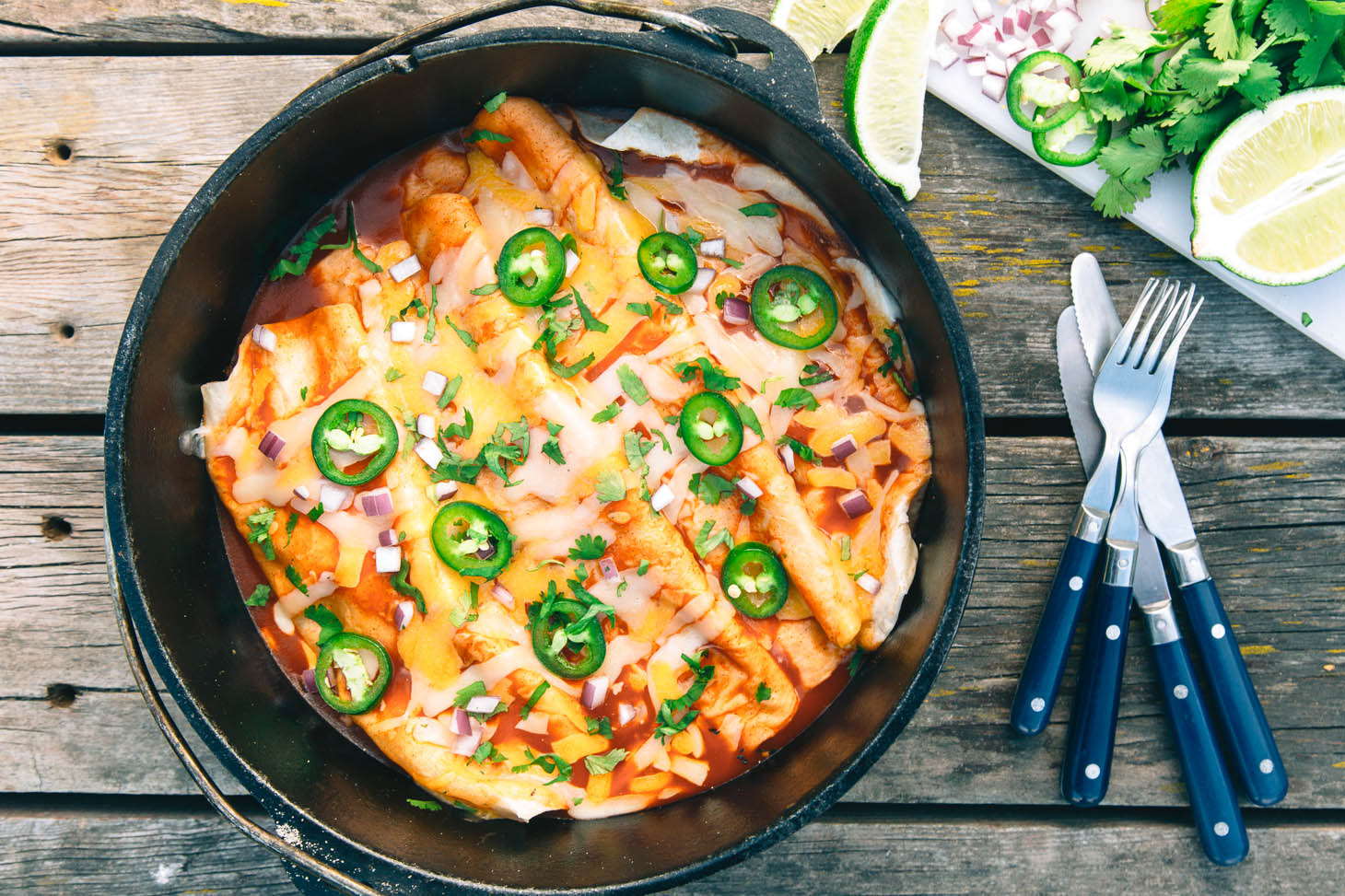An enameled cast iron Dutch oven is an incredibly versatile cookware item that can serve multiple purposes in your kitchen. Whether you’re simmering a flavorful stew, baking a delicious artisan bread, or indulging in some deep-fried chicken, this large lidded pot has got you covered. With proper care, these durable pots can last a lifetime, and may even become cherished heirlooms passed down to future generations of passionate cooks. below are 10 Things You Shouldn’t Do in Your Dutch Oven which Hearthcook want to share with you.
How do you use a Dutch oven?

You can use a Dutch oven for:
- Baking
- Braising
- Soups and stews
- Poaching
- Deep frying
What Not to Do With a Dutch Oven
While a Dutch oven offers versatility for cooking an array of dishes using various methods, there are certain practices that should be avoided when using and maintaining one. Have you ever found yourself committing any of these common mistakes? If so, it’s high time to put an end to them, as your future generations will undoubtedly appreciate it!
Putting a hot pan in cold water
According to experts, the enamel coating of a Dutch oven is typically designed to withstand various conditions and be highly durable. However, it is important to note that thermal shock can still pose a risk, potentially leading to cracks or flaking of the enamel. In general, subjecting your Dutch oven to drastic temperature changes should be avoided as it can cause damage to the enamel.
 Avoid using it in the microwave
Avoid using it in the microwave
Dutch ovens, typically made of enamel-coated cast iron, should never be used in the microwave. Microwaves cannot penetrate metal, so the food inside the pot won’t heat properly. Moreover, using a Dutch oven in the microwave can potentially cause arcing, which poses a fire hazard.
Avoid using sharp utensils
When using your Dutch oven, refrain from using knives or metal forks to cut or stir the contents. These utensils can scrape and scratch the enamel finish. Opt for wooden, silicone, or heat-resistant plastic spoons and spatulas instead.
Be cautious with cleaning methods
Avoid using harsh, abrasive cleansers or metallic scouring pads, as they can damage the enamel finish. To remove stuck-on residue, soak the Dutch oven in warm water for 15 to 20 minutes before washing. You can gently scrub stubborn residue with a nylon or similarly soft abrasive pad or a nylon-bristled brush.
Stay away from citrus-based cleansers
Citrus-based cleansers can dull the glossy exterior finish of enameled Dutch ovens. While this won’t affect the pot’s quality or performance, if you want to maintain its pristine appearance, avoid using lemony dish soap or similar cleansers.
Moderate heat usage
Avoid constantly cooking on high heat settings. Reserve the highest heat setting for boiling water or reducing liquids. Instead, cook on low to medium heat settings, gradually heating the pot. Cast iron retains heat well and provides a uniformly hot cooking surface, reducing the likelihood of burning or sticking at medium or lower temperatures.
Don’t cook in a dry pan
Always start your cooking with a liquid or fat that coats the bottom of the pan before turning on the heat. Additionally, avoid leaving the pot unattended for too long to prevent it from boiling dry, which can lead to permanent enamel damage.
Avoid overfilling with oil for deep-frying
If using a Dutch oven for deep-frying, fill the pot only about one-third full with oil. This minimizes splashing and allows room for the oil to rise when adding food. Keep the lid nearby to quickly cover the pot in case of a flare-up.

Ensure proper drying before storage
Before storing your Dutch oven, ensure it is completely dry. Wipe it with a clean dishtowel to prevent rust from forming on the uncoated rim. For added protection, periodically rub a small amount of vegetable oil along the rim to seal it.
Experiment with versatile cooking tasks
Don’t limit your Dutch oven to making chili or stew alone. This remarkable vessel is capable of various cooking tasks. Many consider a good Dutch oven to be the only pot you need in your kitchen. Explore its versatility and take good care of it, and it will continue to serve you well for years to come!

